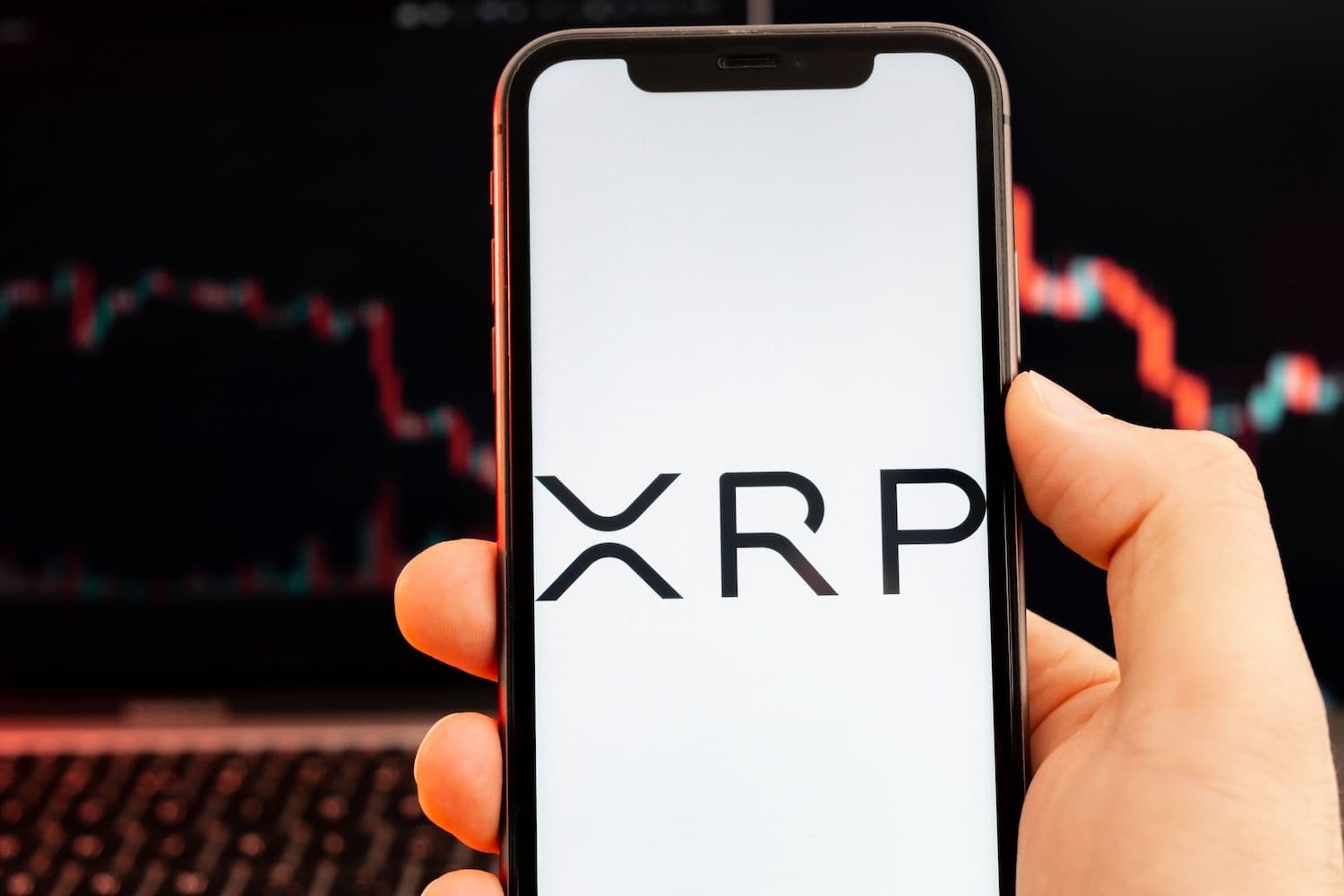Ripple's development team has introduced a proposal that would bring privacy-focused functionality to the XRP Ledger without compromising the network's transparency and regulatory compliance features. The blueprint, submitted September 13, represents a significant shift toward encrypted transactions while preserving existing oversight mechanisms.
What to Know:
- Ripple engineers propose "Confidential Multi-Purpose Tokens" that would encrypt balances and transfer amounts using advanced cryptographic methods
- The system maintains public supply verification and includes built-in auditing capabilities and issuer controls for regulatory compliance
- The proposal requires approval from more than 80% of validators sustained for two weeks before potential activation on the main network
Technical Framework Balances Privacy With Transparency
The proposal centers on Confidential Multi-Purpose Tokens, which would encrypt individual account balances and transaction amounts through EC-ElGamal encryption and zero-knowledge proofs. Engineers Murat Cenk and Aanchal Malhotra outlined the framework in an XRP Ledger Standards discussion that preserves the accounting structure of XRPL's existing token system.
The design maintains what developers call "public auditability" by continuing to enforce supply limits through the network's current verification system. Validators can still confirm that no unauthorized tokens are created, even with encrypted individual balances.
The total outstanding token amount never exceeds predetermined maximums.
Rather than redesigning the entire supply verification system, the proposal establishes a "second account" structure that the ledger treats as a standard token holder. Public supply metrics account for both visible and encrypted balances through a new field called ConfidentialOutstandingAmount. This approach allows validators to apply existing rules while individual transactions use cryptographic proofs to verify validity without revealing specific amounts.
Selective Disclosure Sets XRP Apart From Pure Privacy Coins
The proposal explicitly differentiates itself from privacy-focused cryptocurrencies like Monero or Zcash through built-in disclosure and control mechanisms. Two auditing models are outlined: an on-chain system supporting predefined auditors with options for later additions, and a simpler issuer-controlled "view key" approach.
Issuers would retain freeze and clawback capabilities over encrypted balances, positioned as compliance tools rather than surveillance measures.
The system enables what the authors term "flexible auditability" while keeping private balances encrypted under holder control. Optional auditor copies of transaction data can be verified through zero-knowledge equality proofs.
The technical implementation uses a split-balance model separating encrypted funds into a "Spending" balance for outgoing transfers and an "Inbox" for incoming payments. A merge operation prevents proof failures that can occur when new receipts arrive while users prepare outgoing transfer proofs. This detail reflects consideration for user experience and wallet integration challenges.
Implementation requires approval through XRPL's formal amendment process, needing sustained support from more than 80% of validators for two weeks. The current status remains at discussion level with no active voting indicated.
Regulatory Compliance Drives Design Decisions
The confidential token framework builds on XRPL's existing Multi-Purpose Token standard, which already includes compliance features like allow-lists, freeze capabilities, and on-chain metadata. The new privacy features extend rather than replace this compliance-focused approach. The ledger would continue exposing supply limits and enforcing mathematical constraints even as individual account information becomes encrypted.
This design targets institutional token usage where privacy requirements must coexist with regulatory oversight and policy controls. The approach maintains validator-enforced supply verification that prevents hidden token creation while enabling private transactions.
Key Cryptocurrency And Financial Terms
Zero-knowledge proofs allow verification of transaction validity without revealing underlying data. EC-ElGamal encryption provides a cryptographic method for securing financial information while enabling mathematical operations on encrypted values. Multi-Purpose Tokens represent XRPL's advanced token standard offering compliance features beyond basic fungible tokens.
Validators serve as network operators who verify transactions and maintain ledger integrity through consensus mechanisms. Outstanding amount refers to the total quantity of tokens currently in circulation, while maximum amount establishes the hard cap preventing excessive issuance.
Market Context And Trading Data
XRP traded at $3.01 at the time of the original proposal announcement. The cryptocurrency market has shown increasing interest in privacy features while regulatory authorities maintain focus on compliance mechanisms.
The proposal reflects broader industry tension between privacy demands and regulatory requirements. Traditional privacy coins face regulatory challenges in various jurisdictions, while compliance-focused networks seek to balance user privacy with oversight capabilities.
Closing Thoughts
Ripple's confidential token proposal represents a nuanced approach to blockchain privacy that maintains regulatory compliance features. The framework would encrypt individual balances while preserving network-wide transparency and issuer control mechanisms. Whether this hybrid model satisfies both privacy advocates and regulators remains to be determined through the formal amendment process.

